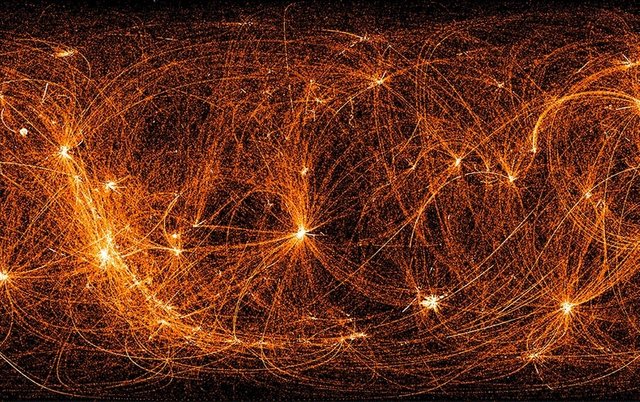New Space Telescope Will Map the Universe in High-Energy X-rays - Scientific American

A German-Russian mission called SRG will detect millions of supermassive black holes, many new to science, and hundreds of thousands of stars.
“Have you seen your body in X-rays? It looks completely different,” says Rashid Sunyaev. “We will do the same with the Universe.” Sunyaev, an eminent Soviet-born cosmologist at the Max Planck Institute for Astrophysics in Garching, Germany, could be about to get his long-held wish.
On 21 June, a joint German–Russian mission called Spectrum-Roentgen-Gamma (SRG) will launch into space to chart an unprecedented map. It won’t be the first space telescope sensitive to high-energy ‘hard’ X-rays, which offer astrophysicists a window into otherwise faint objects in the Universe. But it will be the first able to create a full map of the sky in this part of the spectrum — one that will give researchers a new way to track the Universe’s expansion and acceleration over the aeons. “Within a half year, we will cover the whole sky,” says Peter Predehl, an X-ray astronomer at the Max Planck Institute for Extraterrestrial Physics, also in Garching, and a principal investigator for the mission.
Source of shared Link
